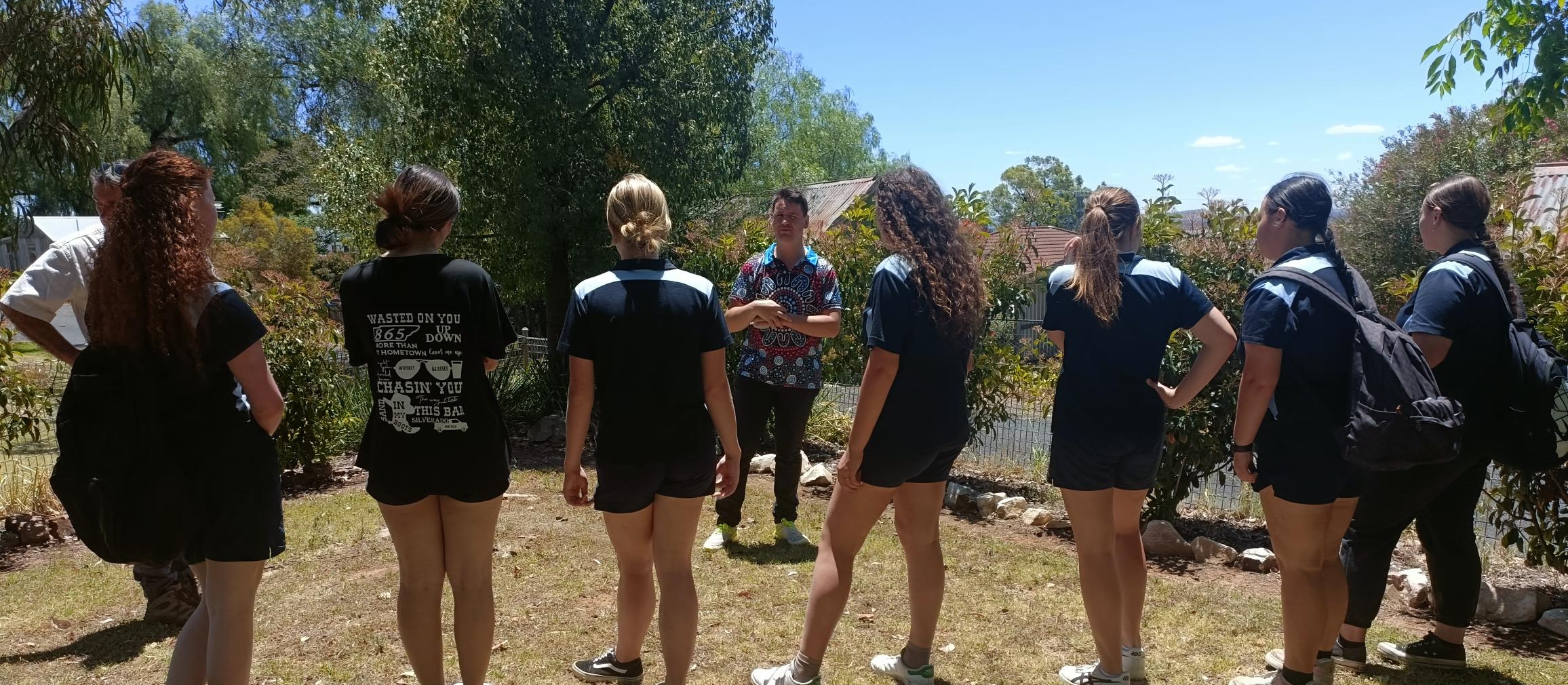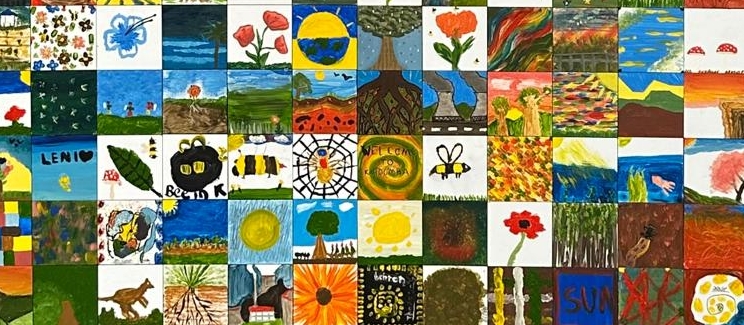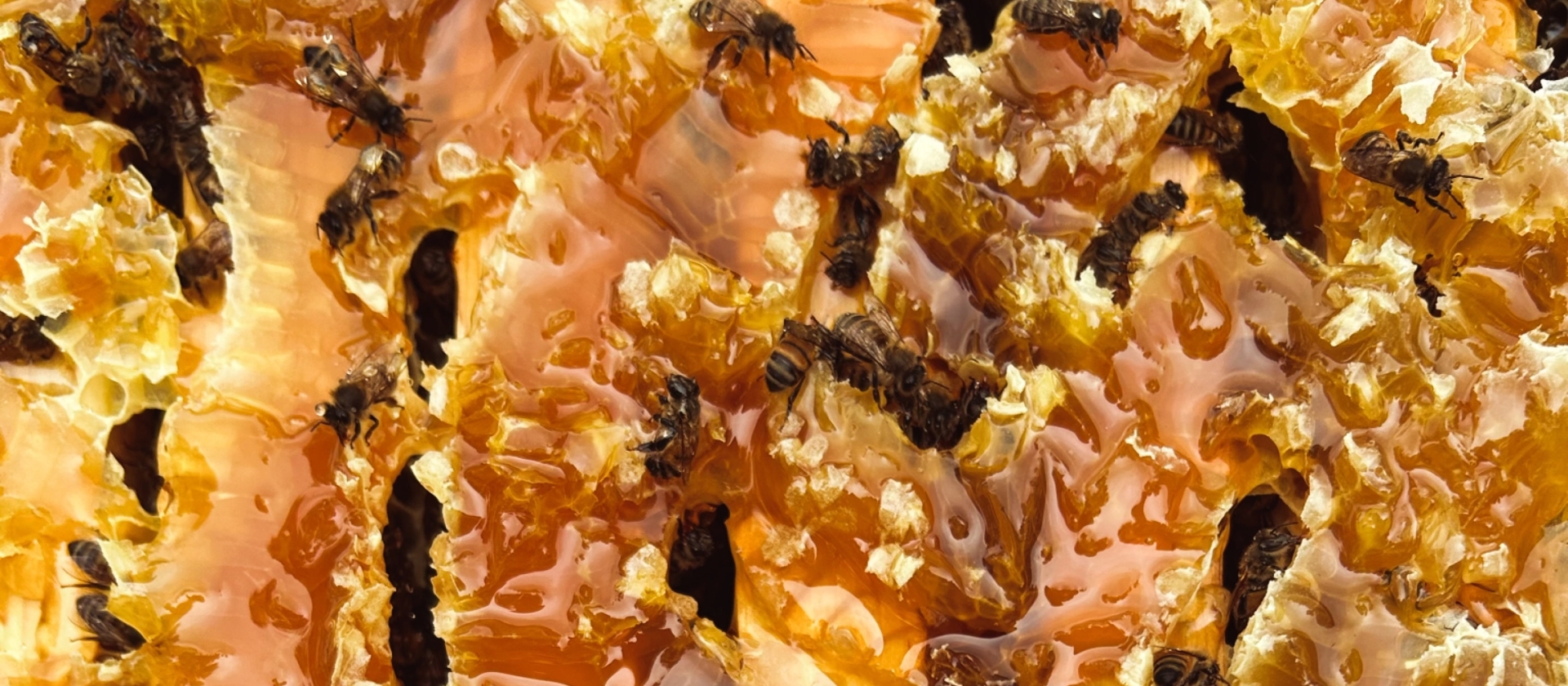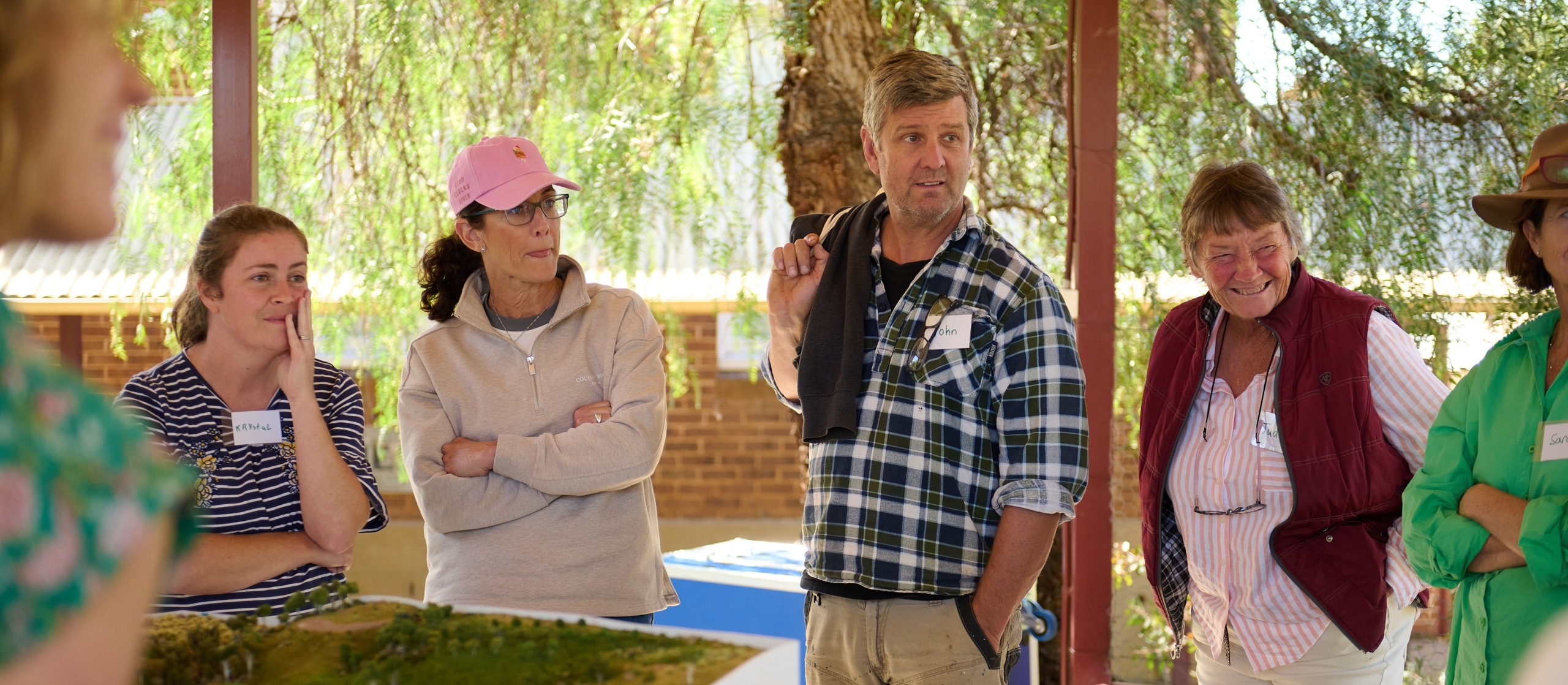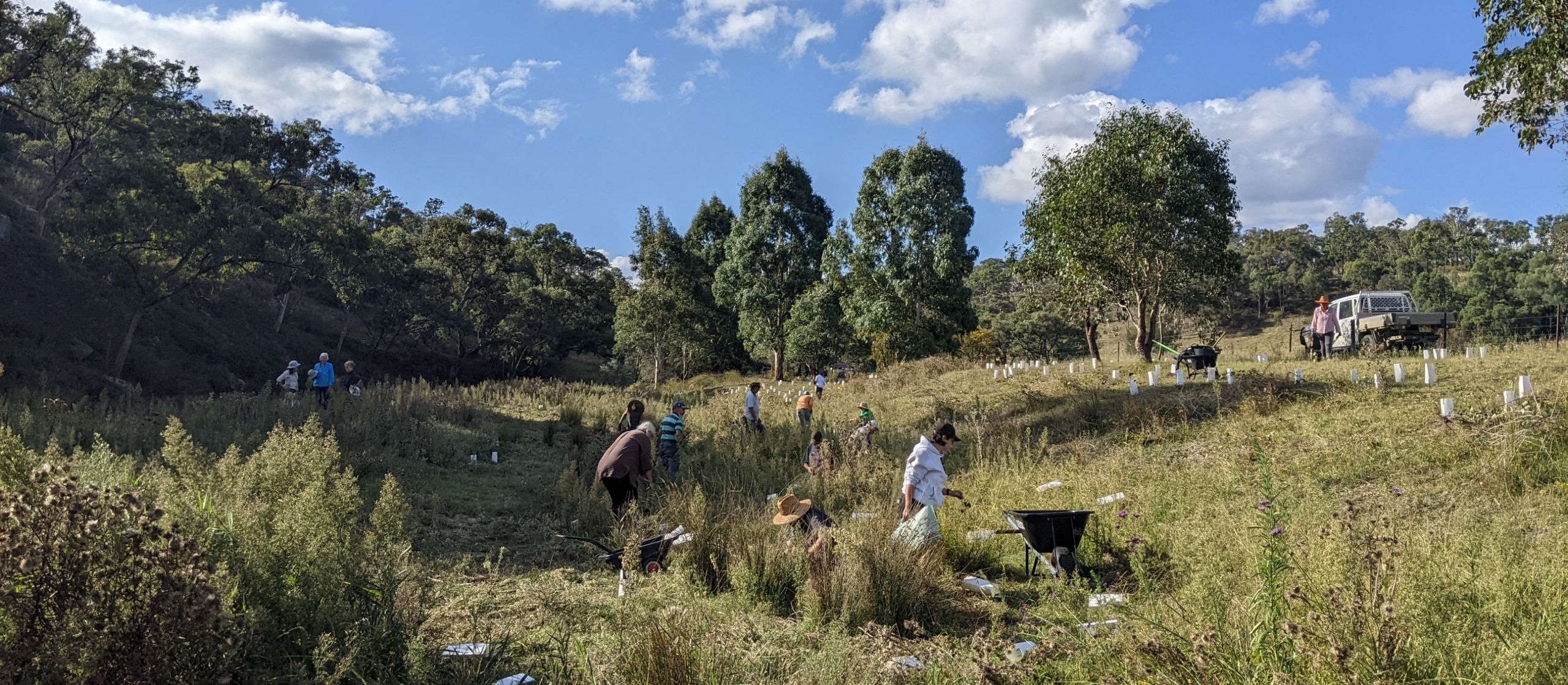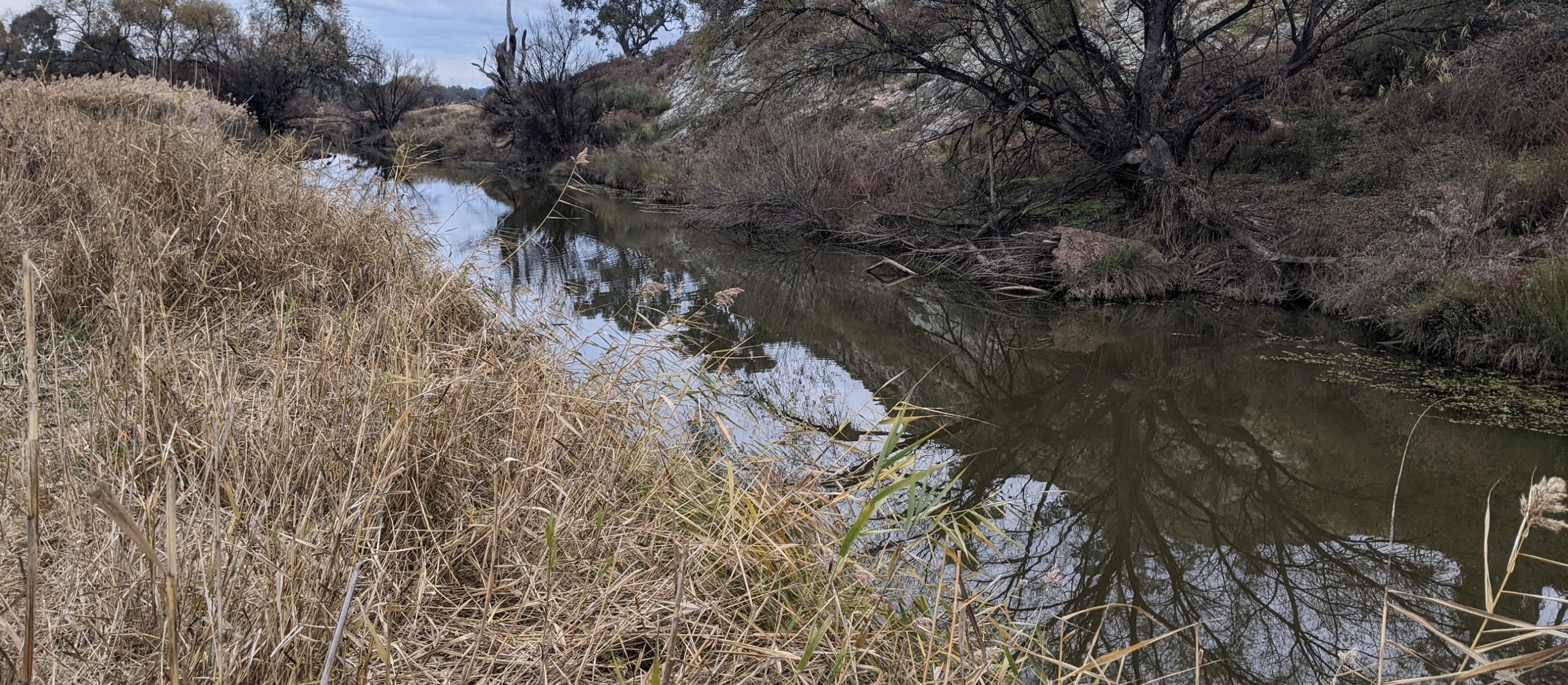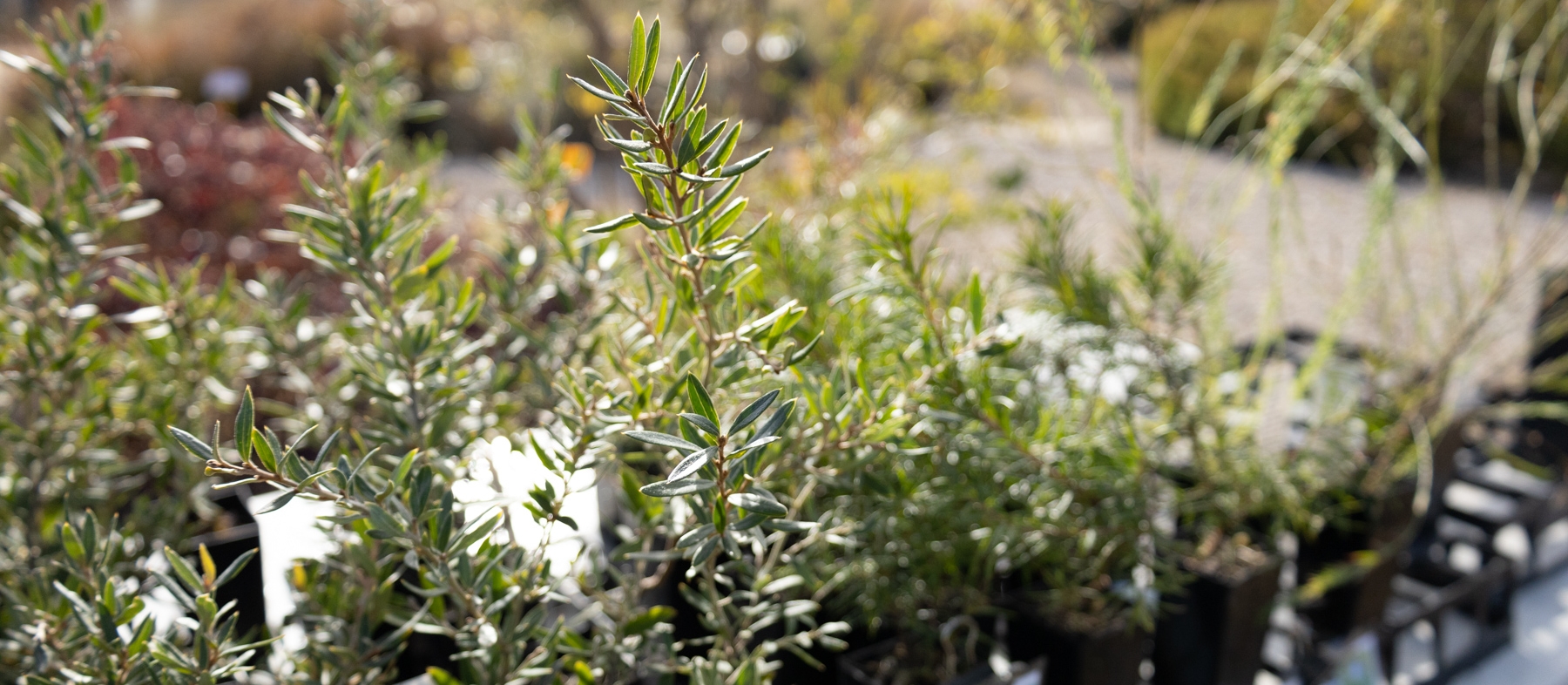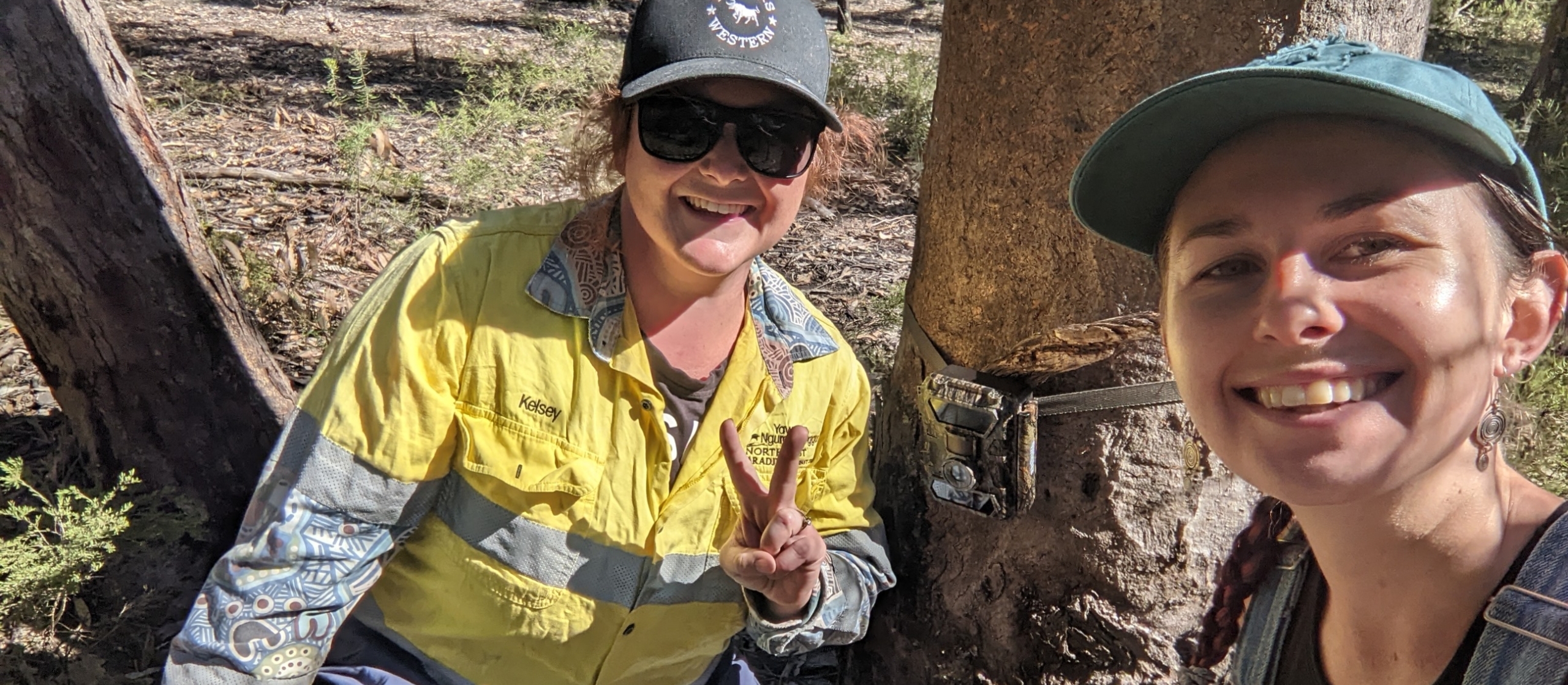This Koala Calls Rylstone Home
Published 1st September 2023. Written by Maddison O’Brien
In the face of habitat loss, droughts, and the devastating fires that swept through Australia in 2019 and 2020, koalas and other native wildlife have faced unprecedented challenges. However, a heartening development shines through the gloom – the resurgence of koala sightings in unexpected regions. One such promising observation recently occurred near Rylstone, shedding light on the resilience of these iconic marsupials.
Rylstone might not be the first place that comes to mind when one thinks of koalas. Yet, earlier this month, the vigilant land managers of a property just beyond the town, near Ferntree Gully captured a heart-warming sight on their wildlife monitoring camera – a koala navigating the landscape. This encounter marked a milestone for local conservation efforts and offered a glimmer of hope for threatened koala populations.
Amid the trials that koalas face, understanding their preferred habitat becomes pivotal. Koalas are arboreal creatures, meaning they spend the majority of their lives in trees. With their abundance of nutritious leaves, Eucalyptus woodlands are home to these adorable marsupials. In this region some of their favourite eucalypt species appear to be Eucalyptus punctata, E. melliodora, E. viminalis and E. rossii. Tall trees provide not only sustenance but also safety from predators. Their choices can also be influenced by factors such as genetic adaptation and learned behaviors.
It is heartening to note that the Mid Western region boasts pockets of intact woodlands that align with the kind of habitat koalas prefer. Locations like Lue, Wollar, and Ulan have witnessed several koala sightings, sparking optimism for the species’ resurgence in the area. These sightings underscore the significance of preserving and restoring these woodlands as a sanctuary for koalas and other native fauna.
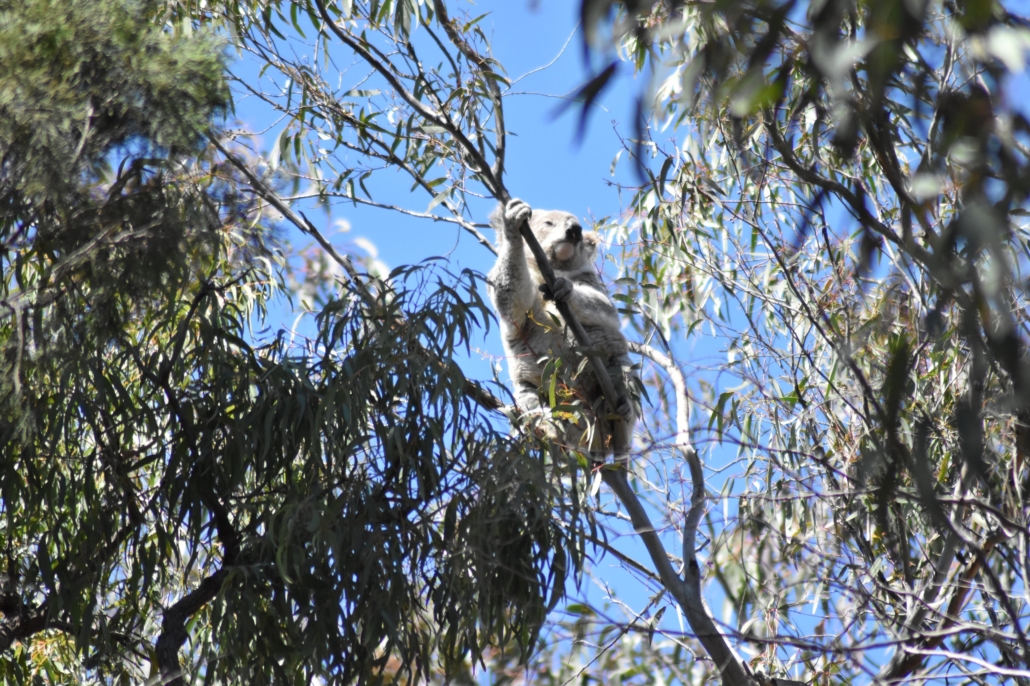
Although the Australian government has taken initiatives to protect Koalas through the National Koala Conservation and Management Strategy and other strategies in the wake of the bushfires, it remains critical that citizens and private landowners do their part in protecting our natural heritage. Box Gum Woodlands are disappearing at an alarming rate across the state. With less that 5% of this ecological community left It is imperative that we protect remnant vegetation and re-plant trees so that future generations may experience the delight of spotting a koala in our beautiful region.
The recovery of koala numbers post-Black Summer bushfires is being monitored and sightings like the one in Rylstone are encouraging. The survival of koala populations is closely tied to addressing larger environmental issues, such as climate change, habitat protection, and sustainable land management. As we work towards healthier and more resilient landscapes, the fate of koalas and other native species remains interconnected with our collective efforts to safeguard their future.



